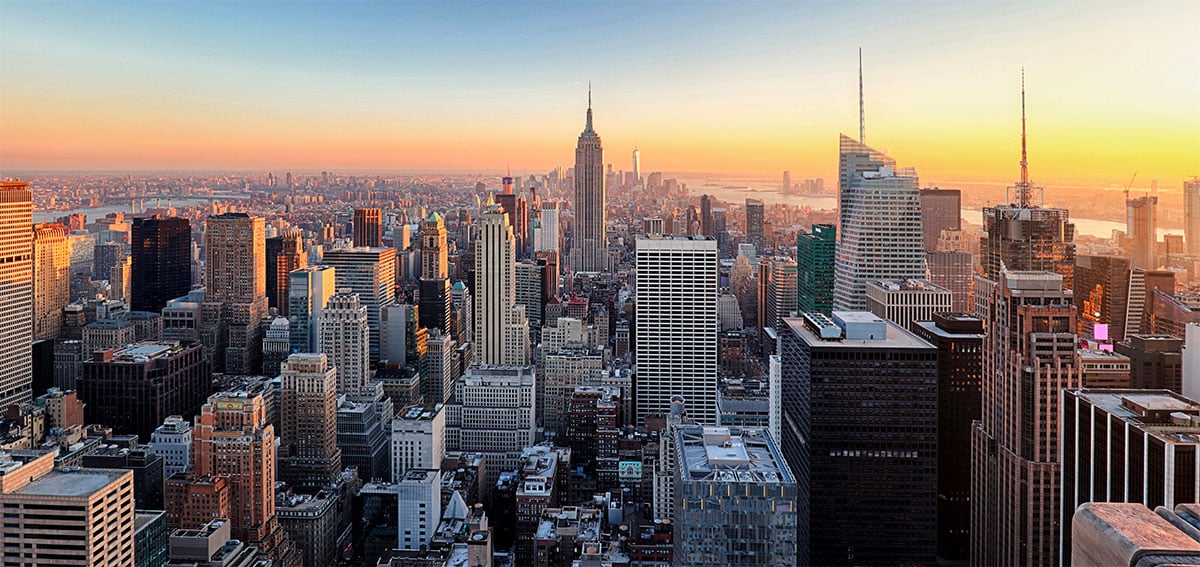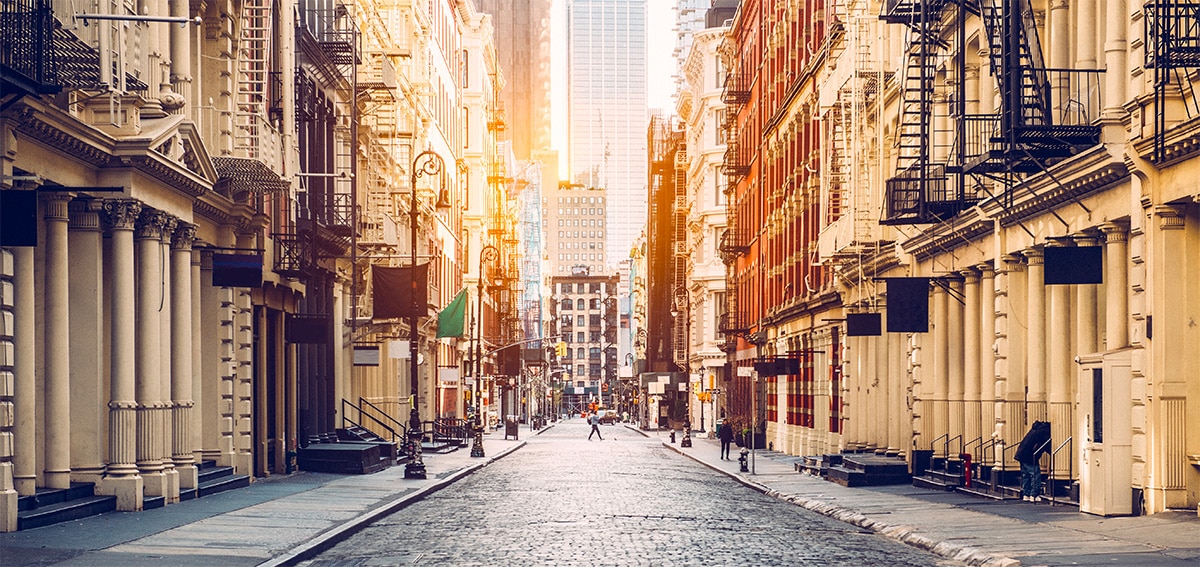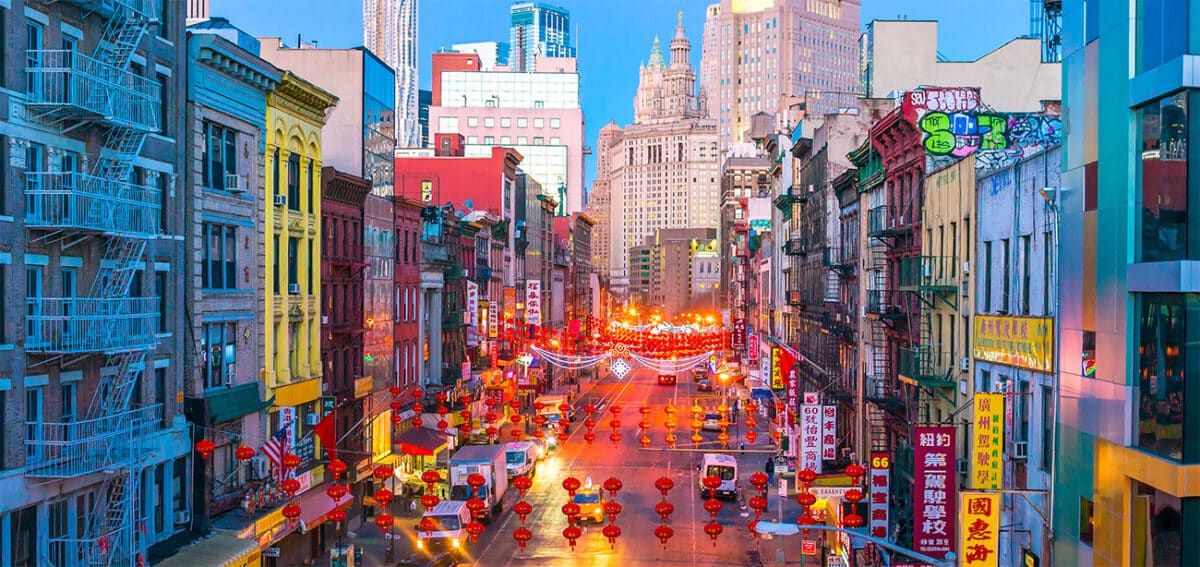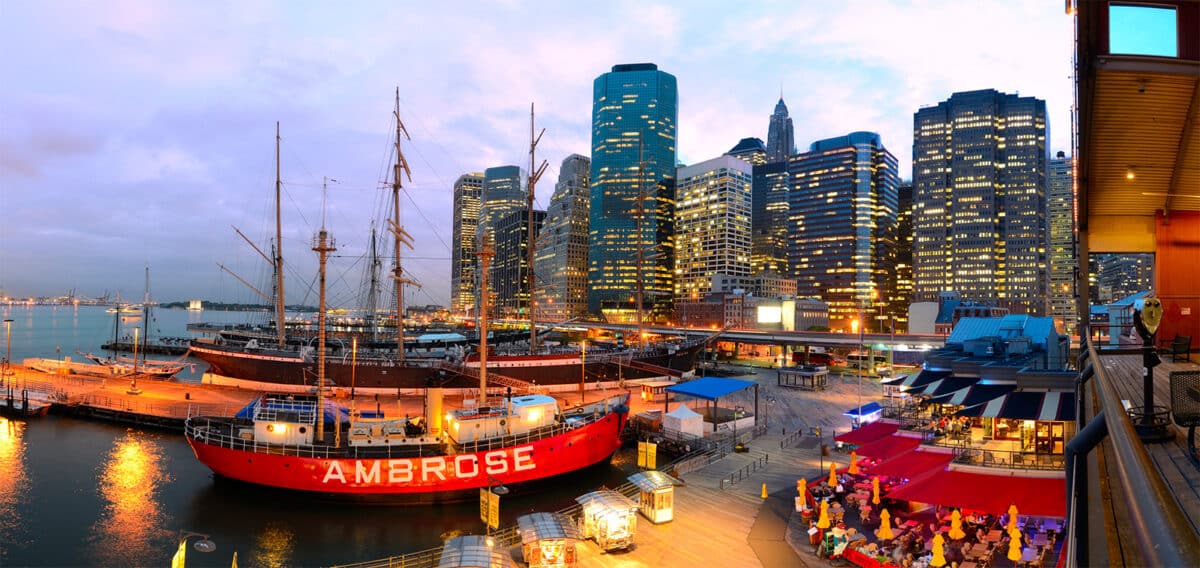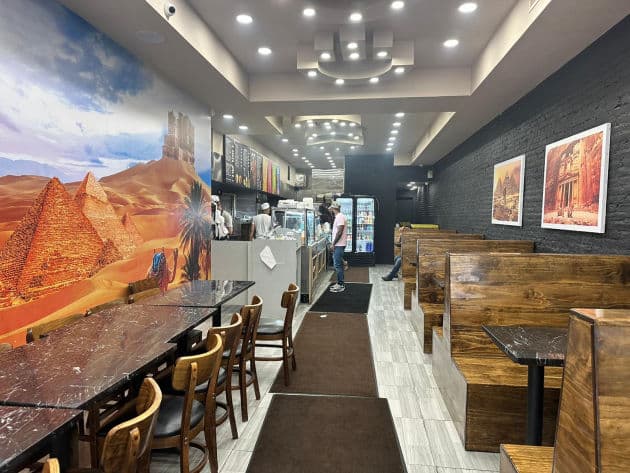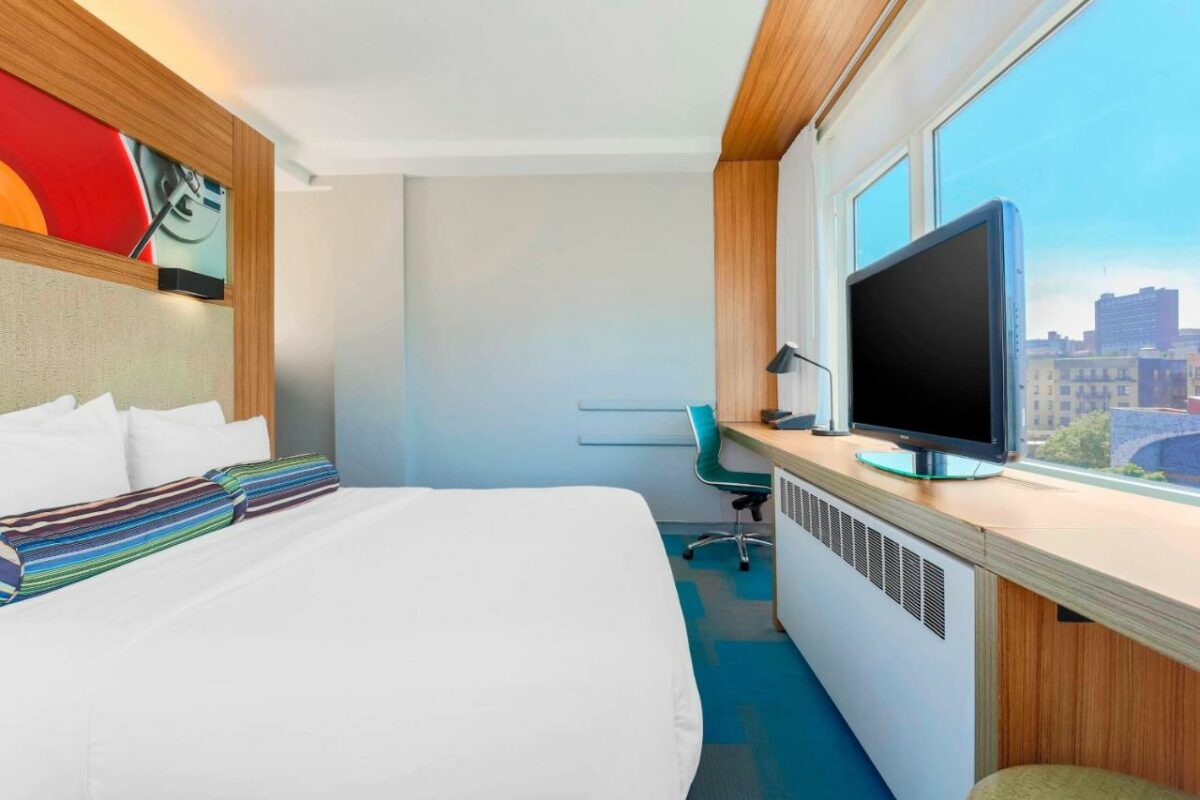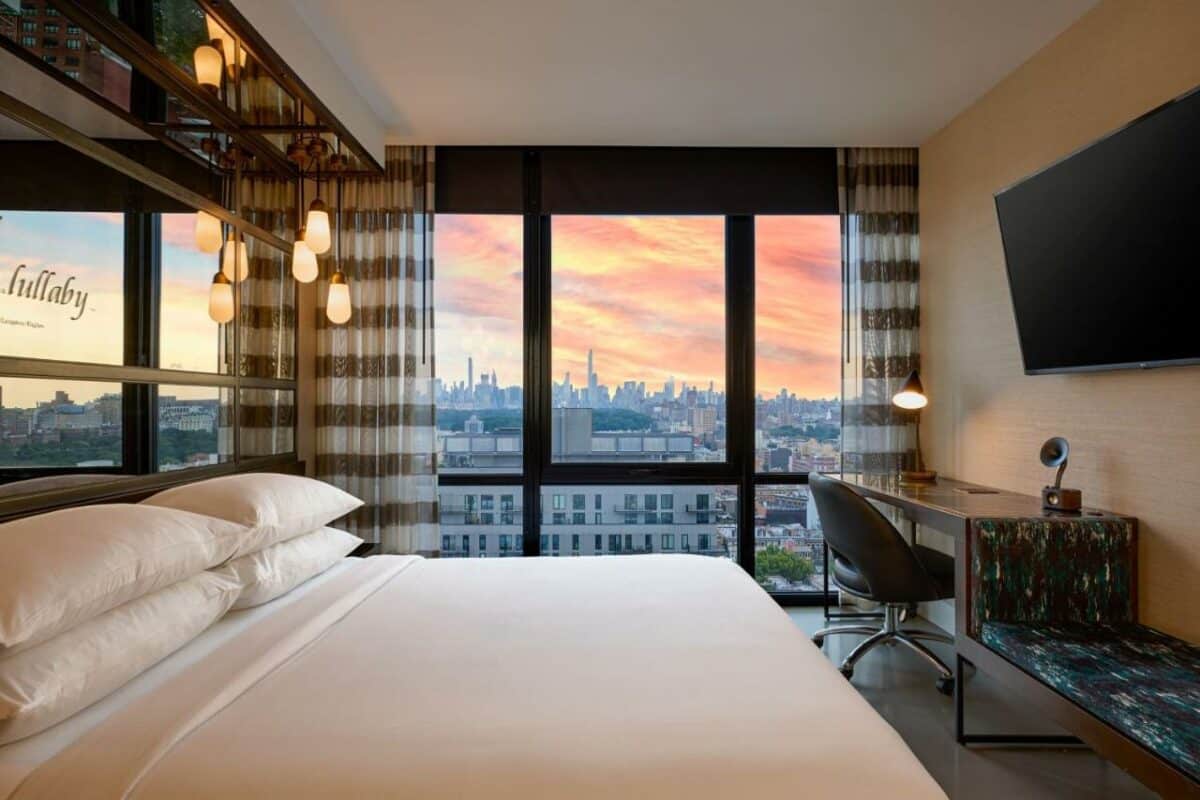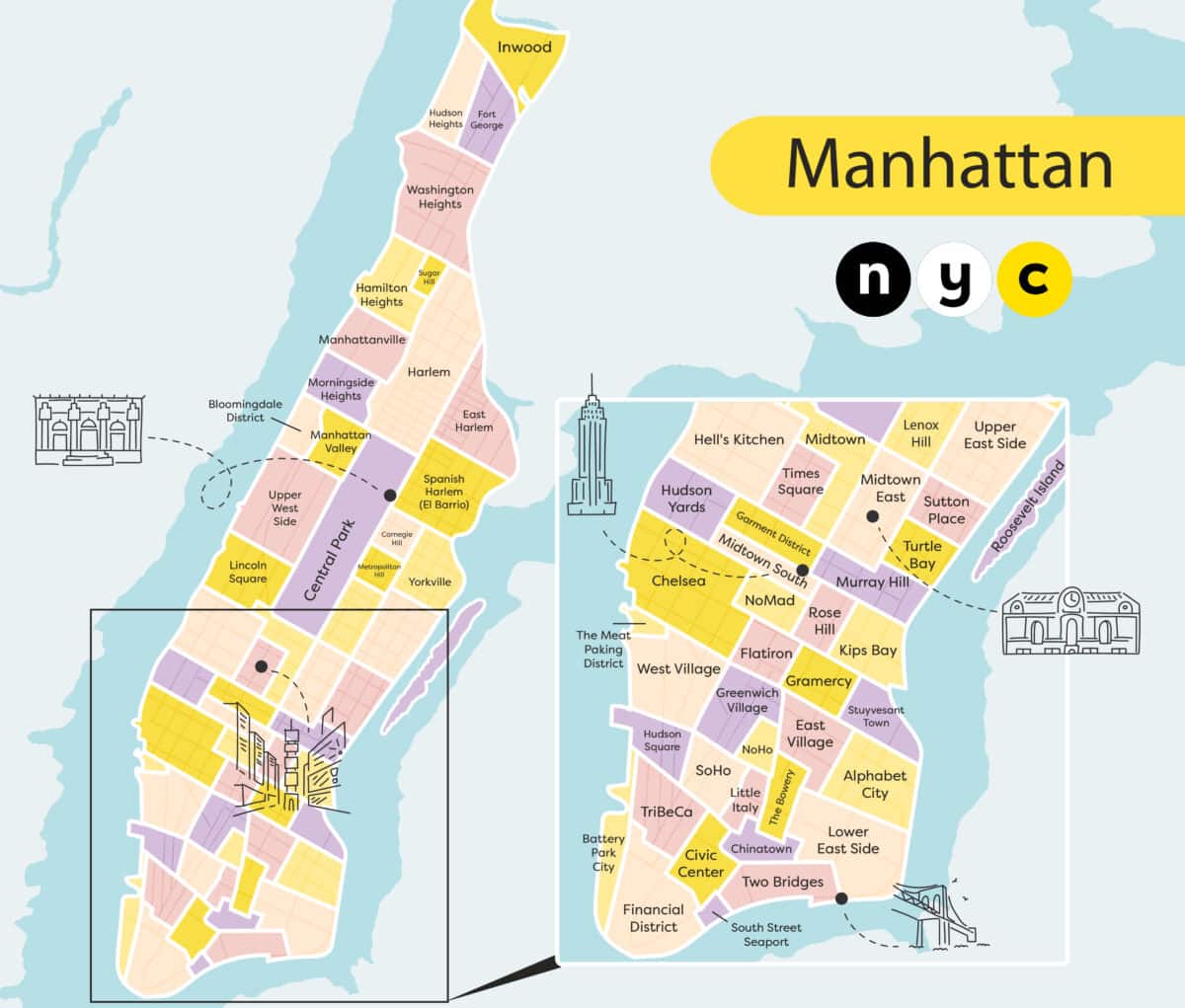Harlem, located in northern Manhattan, is a neighbourhood rich in history, culture and music, and is a must-see for visitors to New York. It is known for being the centre of the Harlem Renaissance in the 1920s, a cultural movement that showcased African-American artistic talent and shaped the neighbourhood’s culture. Today, Harlem continues to thrive thanks to its cultural institutions, musical heritage and authentic cuisine.
The history of Harlem
Harlem is an emblematic district of New York whose history is intimately linked to that of African-American culture, as well as to the social and political evolution of the city. Located on the north side of Manhattan, Harlem has undergone several significant phases, notably as a refuge for different communities over the centuries.

Originally founded by Dutch settlers in the 17th century, Harlem has evolved over the centuries to become a major cultural centre. In the early 20th century, the massive influx of African-Americans during the Great Migration transformed Harlem into a hotbed of intellectual, artistic and musical life, giving rise to what became known as the Harlem Renaissance in the 1920s and 1930s. This movement sent African-American literature, music and art around the world, with iconic figures such as Langston Hughes and Duke Ellington.
During your visit, you’ll notice iconic places that bear witness to this history, such as theApollo Theater, famous for launching the careers of many jazz and soul legends, or the Studio Museum in Harlem, which showcases contemporary art from the African diaspora. Harlem’s rich history is also reflected in its architecture, notably on Strivers’ Row, and in religious institutions such as theAbyssinian Baptist Church, one of the oldest African-American churches in the city. Although Harlem experienced difficult times after the Second World War, with economic and social decline, the district managed to reinvent itself from the 1990s onwards and was reborn as a dynamic centre, while remaining a strong symbol of African-American identity.
When you stroll through Harlem, you will discover not only a neighbourhood marked by history, but also a place where creativity and culture continue to flourish.
Visit Harlem: one-hour walking tour
Here’s an itinerary for visiting Harlem’s main places of interest while optimising your route. The idea is to start in the north and gradually work your way south, exploring the sites in a fluid way. This itinerary can be done in a day if you’re prepared to walk or take public transport, while enjoying breaks in restaurants or parks.
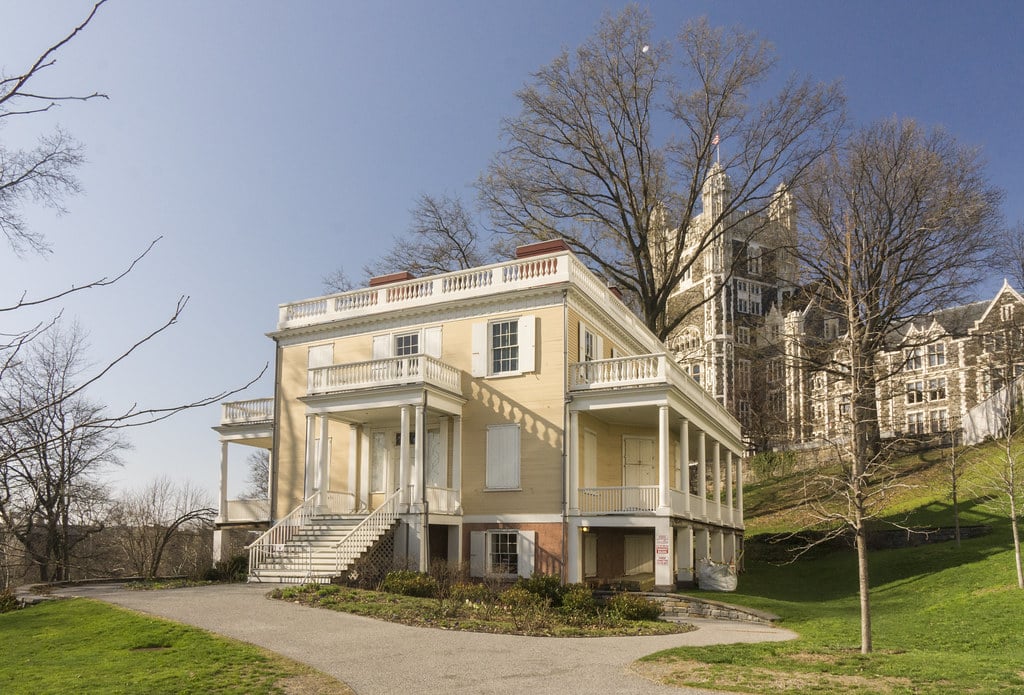
Hamilton Grange

Strivers’ Row

Abyssinian Baptist Church
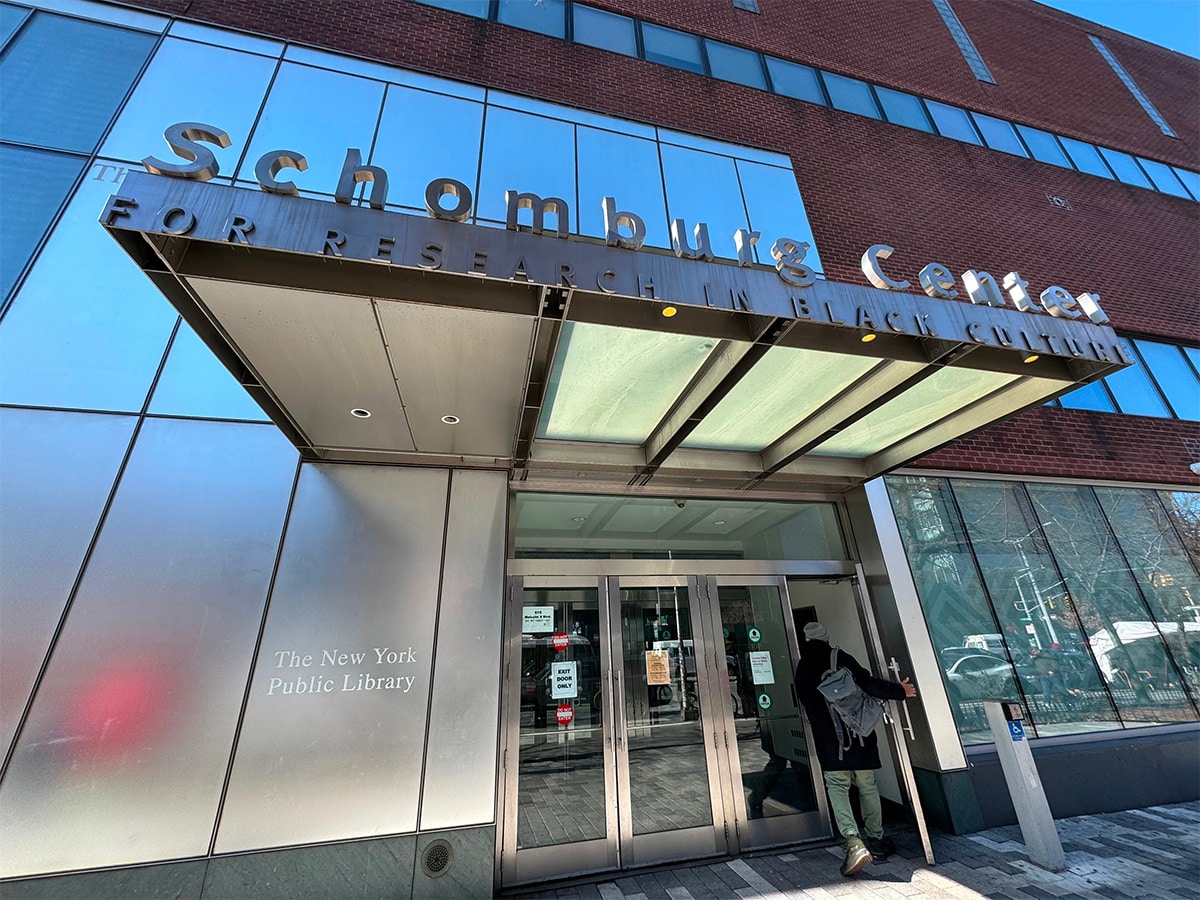
Schomburg Center
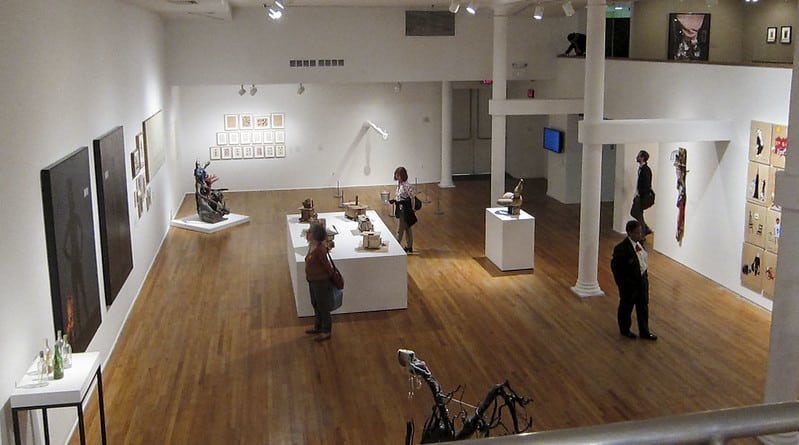
Studio Museum in Harlem
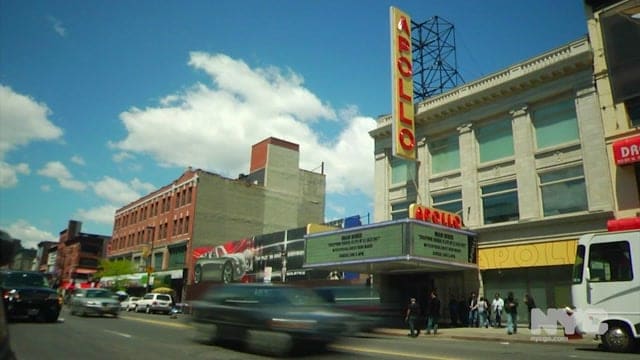
Apollo Theater
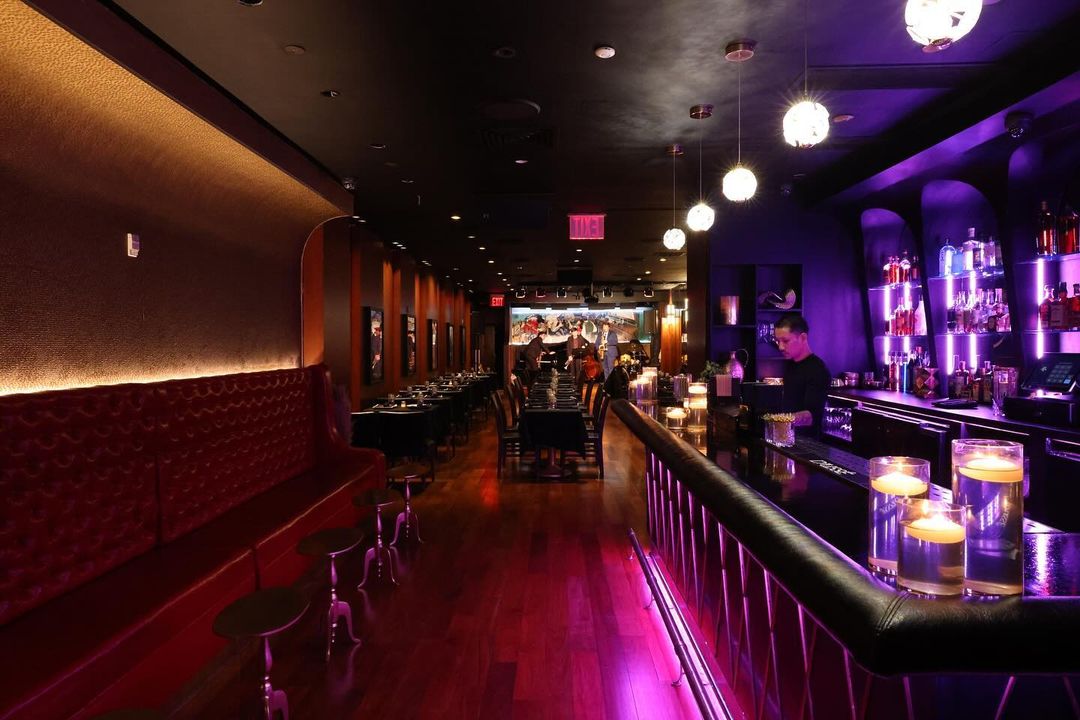
Minton’s Playhouse
Where to eat in Harlem?
Eating in Harlem is an authentic experience that reflects the soul of the district, blending culinary traditions with modern creativity. The district is the birthplace of soul food, a comfort cuisine rooted in traditional African-American dishes, with rich, generous flavours. As you stroll around, you’ll discover restaurants that offer not only classics like fried chicken or macaroni and cheese, but also more contemporary establishments that revisit these recipes with a modern twist.
Harlem is also home to a diverse culinary scene, influenced by Caribbean, African and Latin cultures, which blends harmoniously with local dishes, creating a gastronomic offering as vibrant as the neighbourhood itself. Whether you’re looking for a quick meal, a friendly atmosphere or more refined cuisine, you’ll find plenty to tantalise your taste buds in Harlem while immersing yourself in the history and culture of the neighbourhood.
6 recommended gourmet stops in Harlem

Accra Express Restaurant
63 E 125th St, New York
Where to stay in Harlem?
Sleeping in Harlem is a great option for visitors who want to discover New York while enjoying a neighbourhood rich in history and culture. Harlem offers a range of accommodation to suit different budgets, from modern boutique hotels to charming bed and breakfasts nestled in historic brownstones. The area is popular for its friendly atmosphere and generally more affordable prices than tourist areas such as Midtown or Times Square.
Hotel prices in Harlem vary according to season and location, but are often more affordable than in other parts of Manhattan. You’ll be able to find value for money options while still enjoying the same high standards of comfort and service. If you’re looking for a more local experience, some hostels and small hotels offer a friendly, authentic atmosphere.
Harlem is also well served by public transport, with several metro lines connecting you easily to New York’s main attractions. Lines A, B, C, D, 2 and 3 take you quickly to areas such as Times Square, Central Park and Lower Manhattan. Harlem’s proximity to transport makes it an excellent base for exploring the whole city, as well as offering a peaceful retreat at the end of the day.
In short, Harlem is an ideal option for travellers looking for an immersive stay, offering good value for money, immersion in a culturally vibrant neighbourhood, and quick connectivity to other parts of the city.
2 recommended hotels in Harlem
Harlem, once considered a problem neighbourhood due to the economic and social challenges it faced during the 20th century, has changed considerably over the years. Today, Harlem is a revitalised neighbourhood with a vibrant cultural scene, popular restaurants and a welcoming local community. As in any big city, some parts of Harlem can be busier than others, but most of the areas frequented by tourists, such as those around the Apollo Theater, the Studio Museum and 125th Street, are safe and well-monitored.
You are still advised to exercise the same caution as everywhere else in New York, avoiding dimly-lit streets at night and remaining vigilant in less-frequented areas. Thanks to efforts to improve infrastructure and security, Harlem is now a neighbourhood that many visitors enjoy for its cultural heritage and authentic atmosphere, without having to worry too much about their safety.
For an authentic and enriching experience, taking part in a guided gospel tour of Harlem is highly recommended. These tours offer an immersion in the musical and spiritual culture of the neighbourhood, with gospel services taking place mainly on Wednesdays and Sundays. Sundays are particularly popular, as the churches are busier and the atmosphere more festive. It is advisable to book in advance, given the popularity of these events.
As well as the masses, some tours also include an exploration of the neighbourhood and its iconic landmarks, such as the Apollo Theater, famous for its role in Harlem’s musical history. These guided tours, often offered in French, reveal both the cultural richness of the neighbourhood and the emotional power of gospel singing.
Neighbourhoods near Harlem
